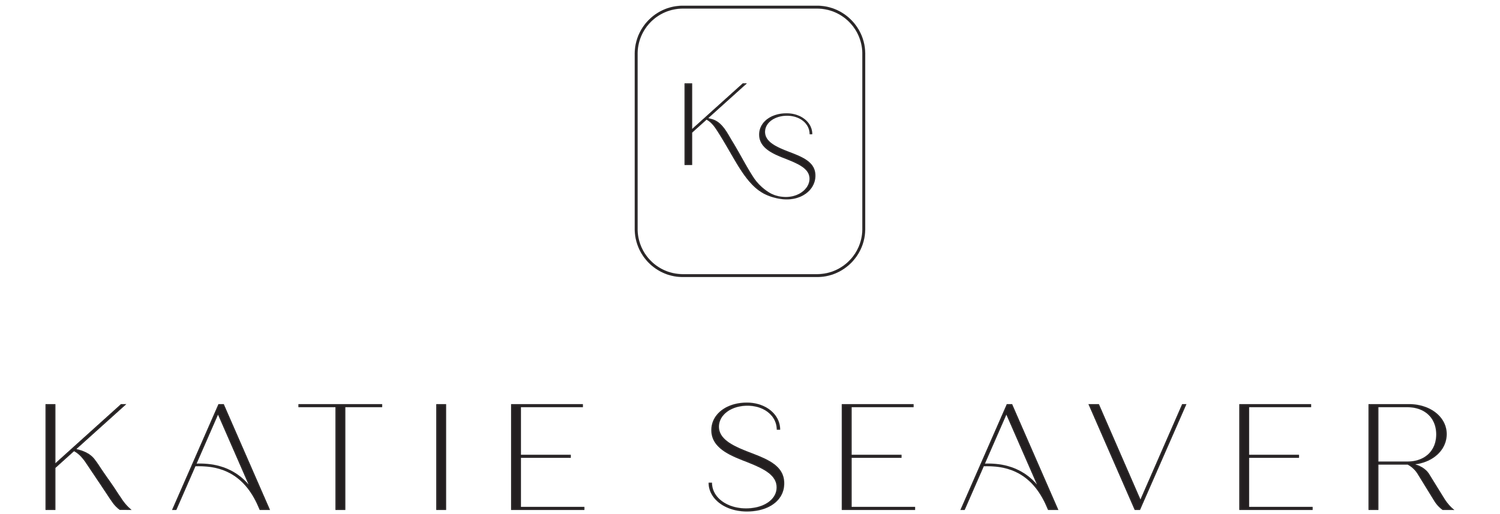An exercise to help you know what you need
Do you ever feel confused about what to do about a relationship, a next step, or a big (or small) decision in your life?
One of my favorite strategies for cutting through confusion is from Dr. Helene Brenner’s I Know I’m In There Somewhere. I thought it might be particularly useful to share now, because the new year is often a time when we want to make decisions and take action.
Dr. Brenner’s advice is to make a list of the things you do know.
Literally. That’s it.
Dr. Brenner suggests trying to complete the phrase “I know…” as many times as you can. This exercise sounds obvious, but I’ve been doing it recently and have found it to be shockingly (I mean it!) effective.
Here’s an example: Imagine that you hear in the middle of the afternoon that you didn’t get the promotion that you were expecting. You’re devastated and angry and have so many feelings and thoughts that it’s hard to know what to do. If you were doing this exercise, here’s where you might start:
I know…that I’m extremely disappointed.
I know…that I want to cry.
I know…that I feel ashamed to tell my partner I didn’t get the raise. I don’t want her to think that I’m not good at my job.
I know…that I’m angry because other people probably got promotions.
I know…that I feel inadequate.
Honestly, that might not seem that useful, at first. But, after fully noticing and writing down all of those things you know, you might know some other things:
I know…that I have so many feelings!
I know…that I want to take action, based on those feelings. I want to yell at someone, or quit my job because they obviously don’t appreciate me, or demand that my supervisor tell me what I did wrong!
Naming all of that, so specifically, might help you “know” some other things.
I know…that I need to deal with all of my emotions, first, before I take action. I’m not going to do anything productive in this headspace.
I know…that I can barely concentrate at my job right now.
I know…that I’m going to do the best I can for the last two hours of the day, but then go home as soon as possible and lick my wounds.
I know…that I need some comfort and support.
I know…that I’d like a hug from my partner.
I know…that I’d like a restful night.
I know…that I feel better knowing what I do know.
Of course, the situation isn’t fixed. This is only the beginning.
But the purpose of the exercise is to help you figure out what you know now, and what you don’t know yet. The person doing this exercise doesn’t yet know what they’ll do tomorrow or next week. That’s often true — often we can only know the next right step.
This exercise helped them figure out the next step that would be productive, and then they can try again tomorrow, to find the step after that.
Oh, and one more quick point about “knowing”: “I know I should” is not true knowing. I-know-I-should’s include: “I know I should leave him/get more organized/lose ten pounds.” Dr. Brenner points out: “No matter how accurate those statements may be, very rarely does change come from them, because you’re talking at yourself. You’re not coming from your inner experience — from what you truly know, sense, feel, or want.”
Did you catch that? If you actually want positive, helpful change to come from into your life, you need to lean into true knowing, not I-know-I-should’s.
…
So here’s an offering for your weekend: Pick an area where you feel stuck. Can you complete the phrase “I know…” as many times as possible? Challenge yourself to do it at least 20 times — what new insights or perspectives do you find?
If you’re in the mood to share, I’d love to hear how it goes for you!
As always, I’m rooting for you. You’ve got this.
Katie
If this essay resonated with you, you'll love my newsletter. Sign up for free + get new ideas every Sunday!

